The student travel grants will be available for students studying cetaceans either at Pacific NW institutions or study cetacean populations in the Pacific NW. The grants will help students with the costs of attending and presenting at the Biennial Marine Mammal conference in New Zealand this December. It may seem like rather odd thing to raise funds for especially as I will not be attending the conference myself but I know from previous years how important these small grants can be. In 2011 I received an ACS-PS travel grant when I presented my work at the Marine Mammal conference in Tampa. The grant covered my flight, without it I may not have been able to attend. In a short 3 weeks I had received incredible support from my family, friends, fellow students and other marine mammal scientists. We raised enough for two $500 travel grants. Now all that was left to do was to complete the run!
Training was going well; I was even beginning to enjoy getting out for a run after a day in front of my thesis. Then 3 weeks before the race, after my longest run to date, I was limping. A week later there was little improvement and I was beginning to worry... I was not able to train but more importantly I had a 13.1 mile mission just two weeks away! Jean (aka “Motivator Medley” or “Jean the Machine”) my dear friend and training buddy (who routinely kicks my ass while offering the nicest encouragement all at the same time) suggested I go see a physiotherapist. I have learnt to pay attention to Jean’s suggestions....
With instructions to ice, tape, massage and stretch I headed south to San Juan Island. I was still nervous, I hadn’t been able to train at all for 3 weeks! But once my fellow runners, Meredith and Barb turned up and announced that they hadn’t been able to train much either I felt a bit better. At least we were all in the same boat.
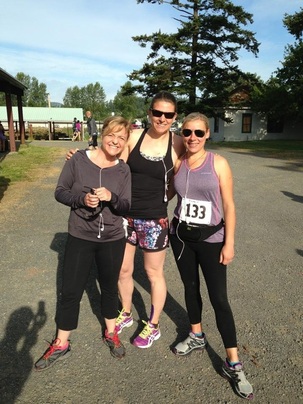 At the start with Meredith and Barbara
At the start with Meredith and Barbara The San Juan half marathon wove through Friday Harbor before taking us out into the valley on the open road. It was about half way through town... not even a mile in that the reality of the situation began to sink in. But once out of town there was no turning back. For the first 5 miles Meredith and I jogged along with a couple of girls from Bellingham and a lady from Vancouver. They set a slow and steady pace which meant that by the time we reached the road that would wind us over the west side of the island we still felt great.
It wasn’t long before the first ugly hill reared in front of us, long and steep, it was not fun. Having made it up the hill we continued on past scattered houses, fields, the lavender farm –not yet in bloom and the lake where little boats gather to sail on long summer evenings. We jogged on to meet the road where the full marathoners turned right and we turned left back to town. From a field on this corner Daniel, as promised, leapt up from behind the hedge to hand us water.
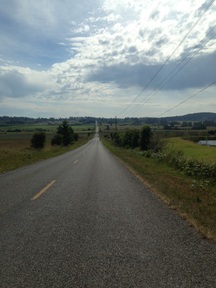 The long road back to town
The long road back to town 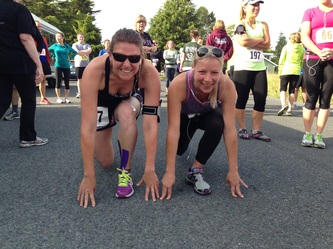
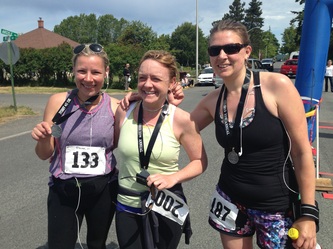
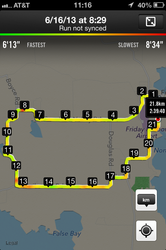
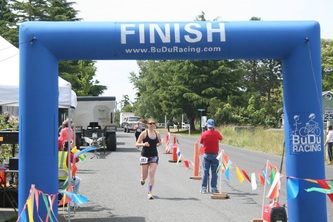

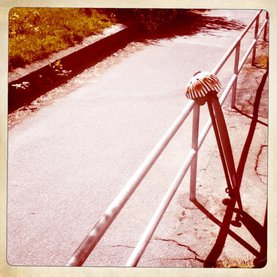
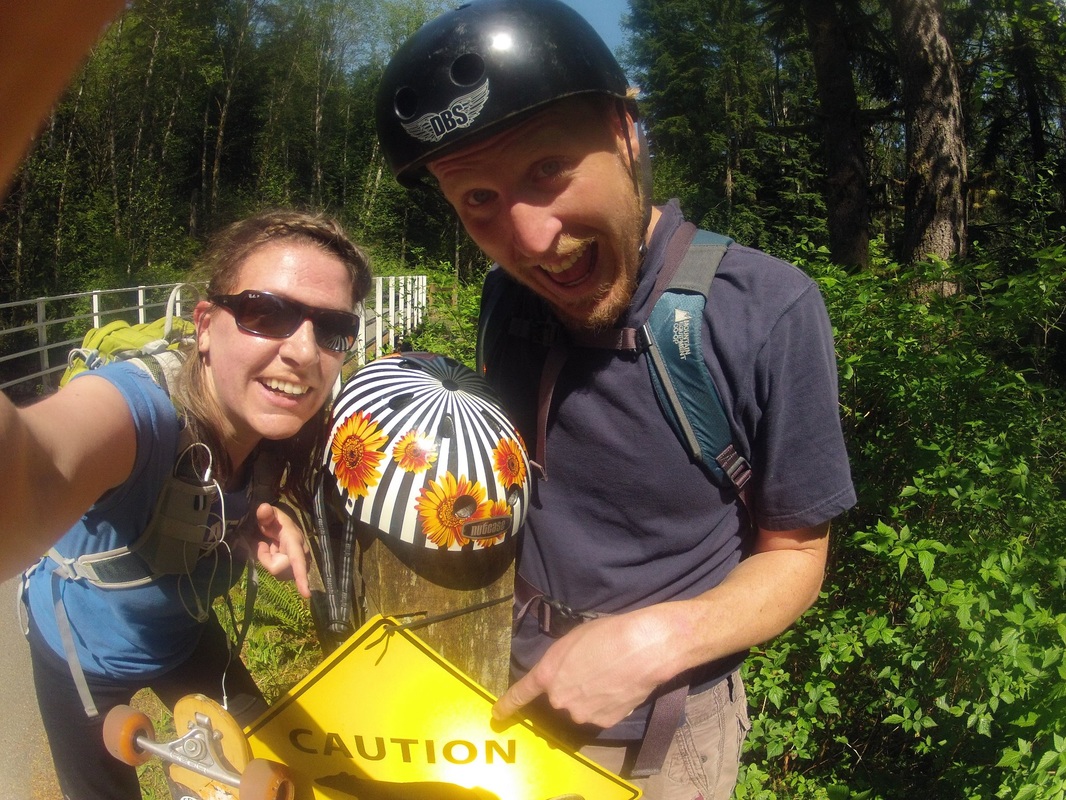
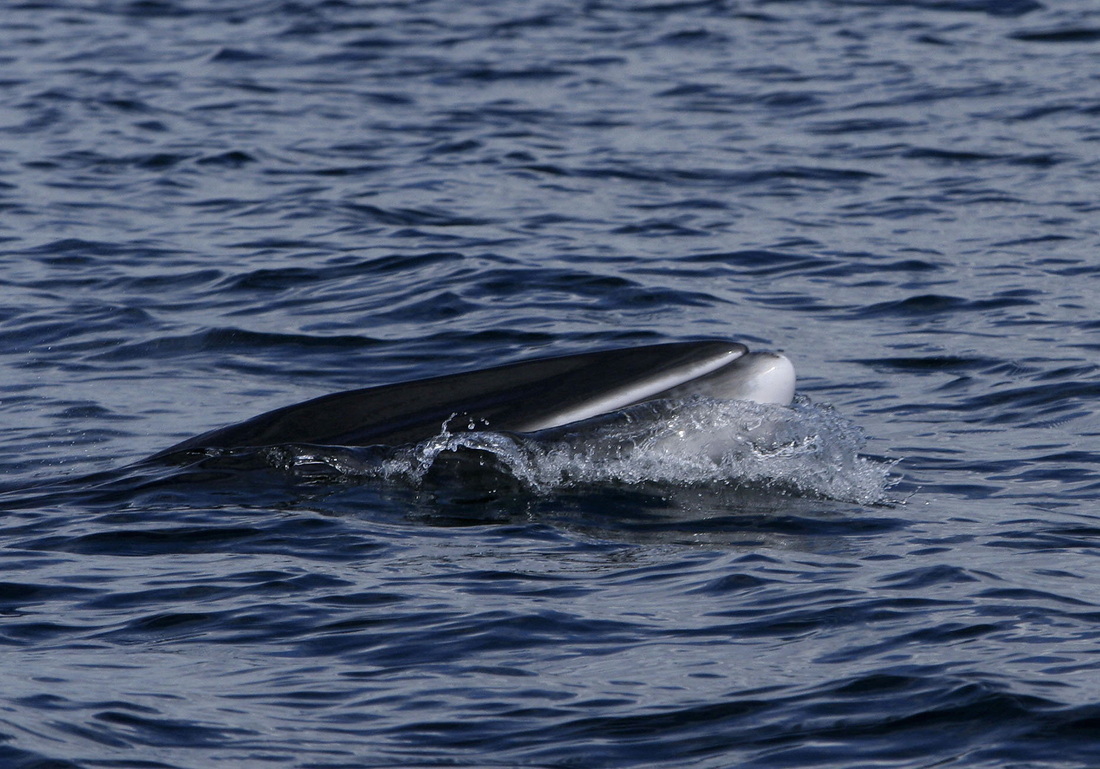
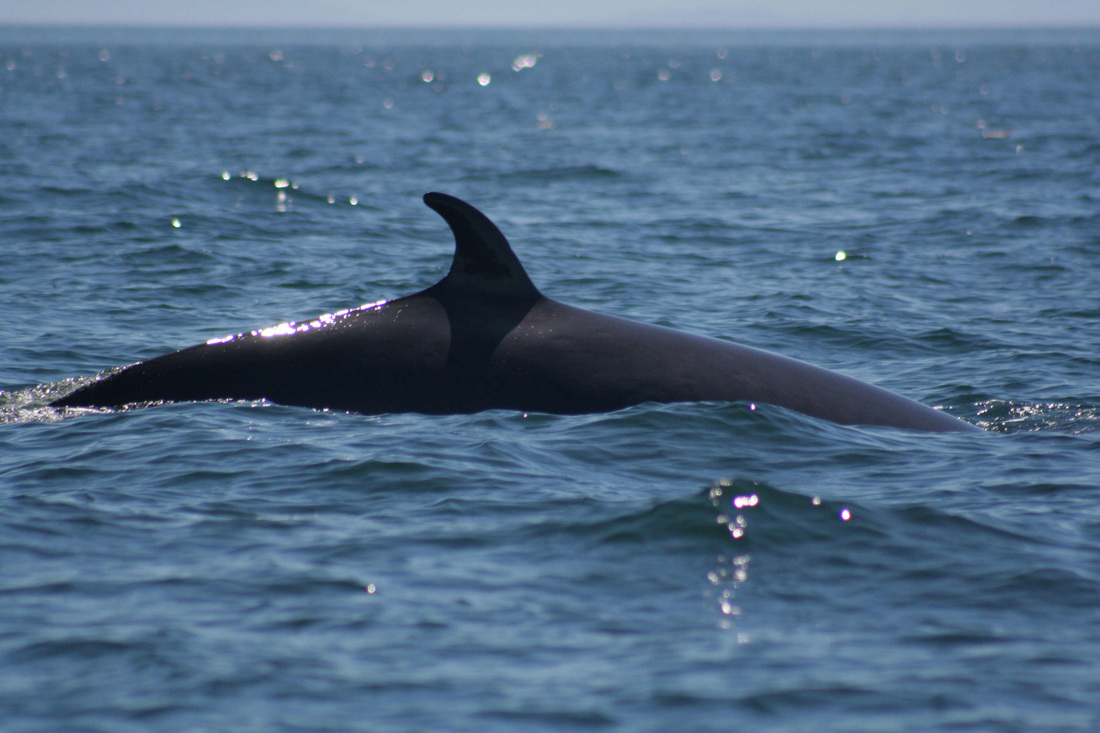
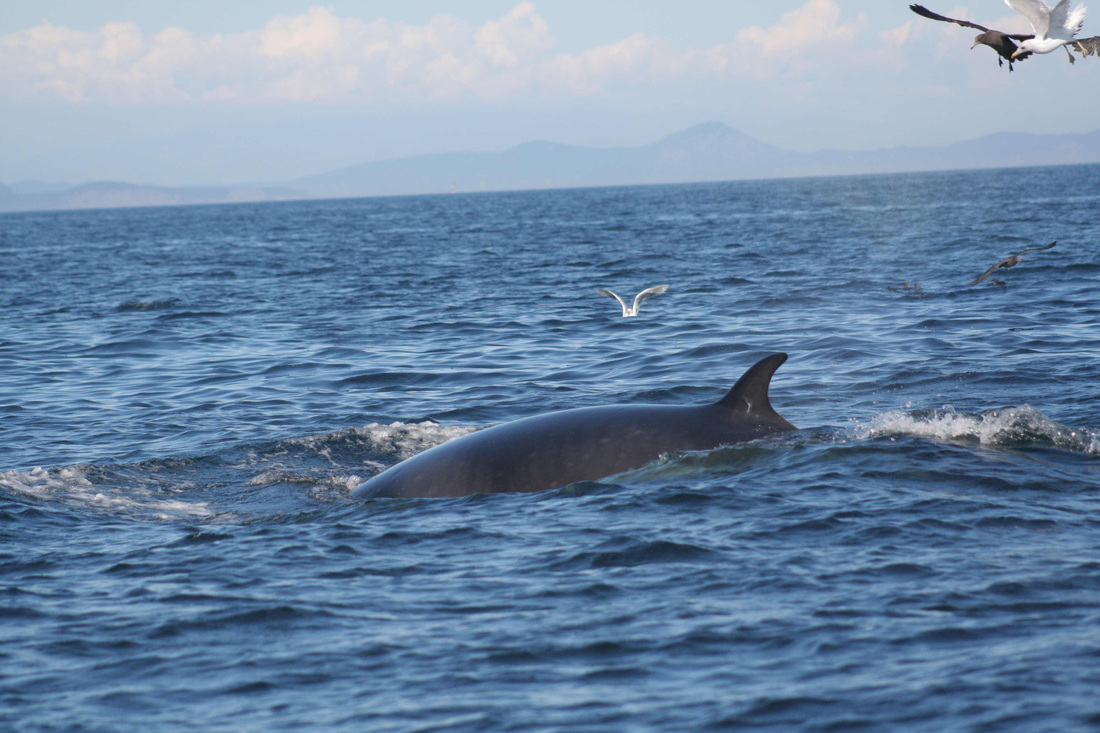
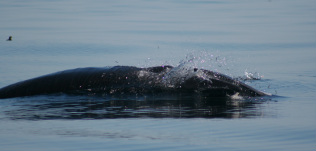


 RSS Feed
RSS Feed